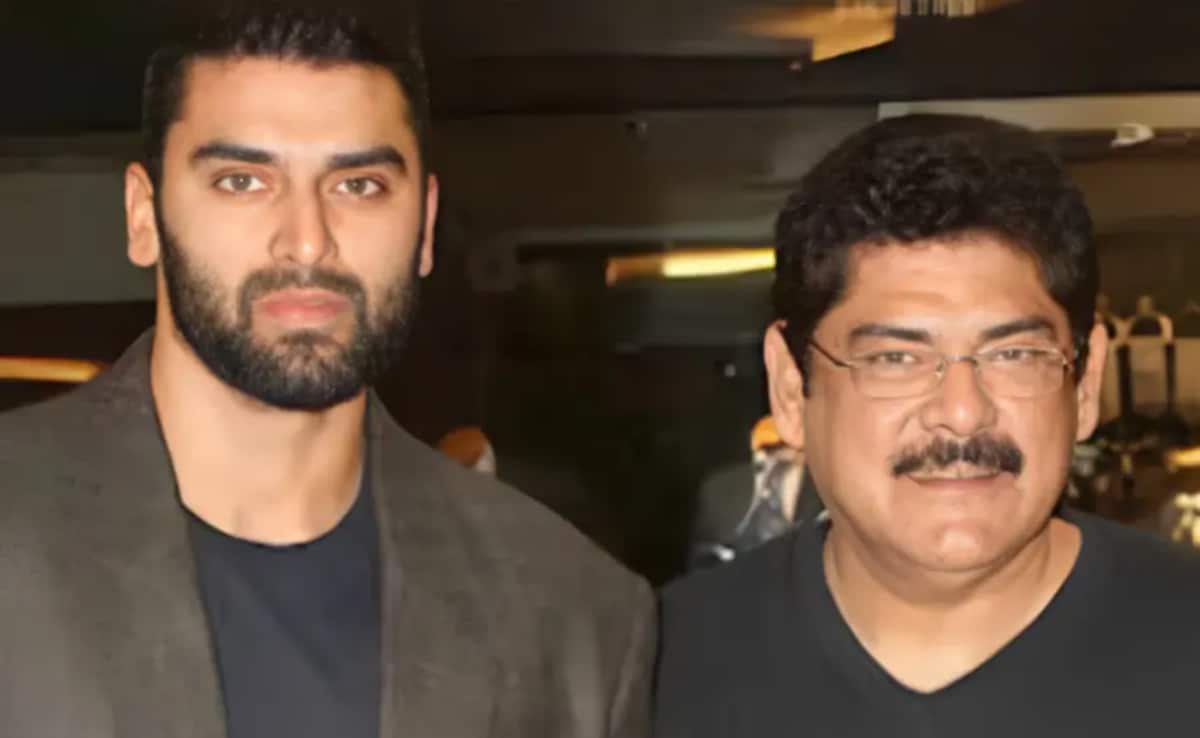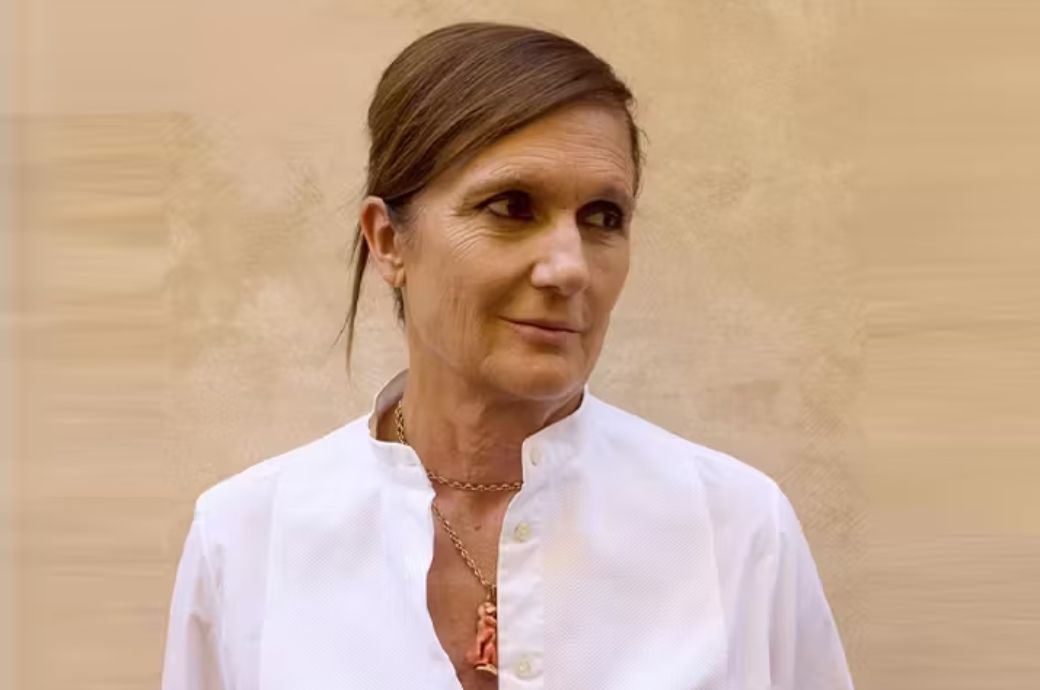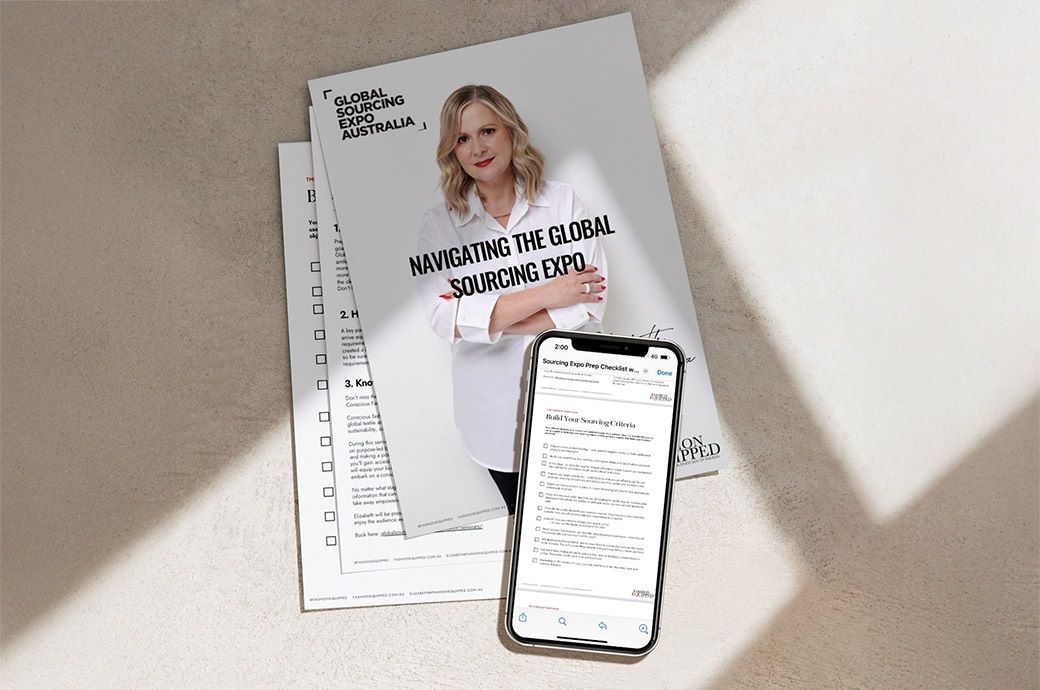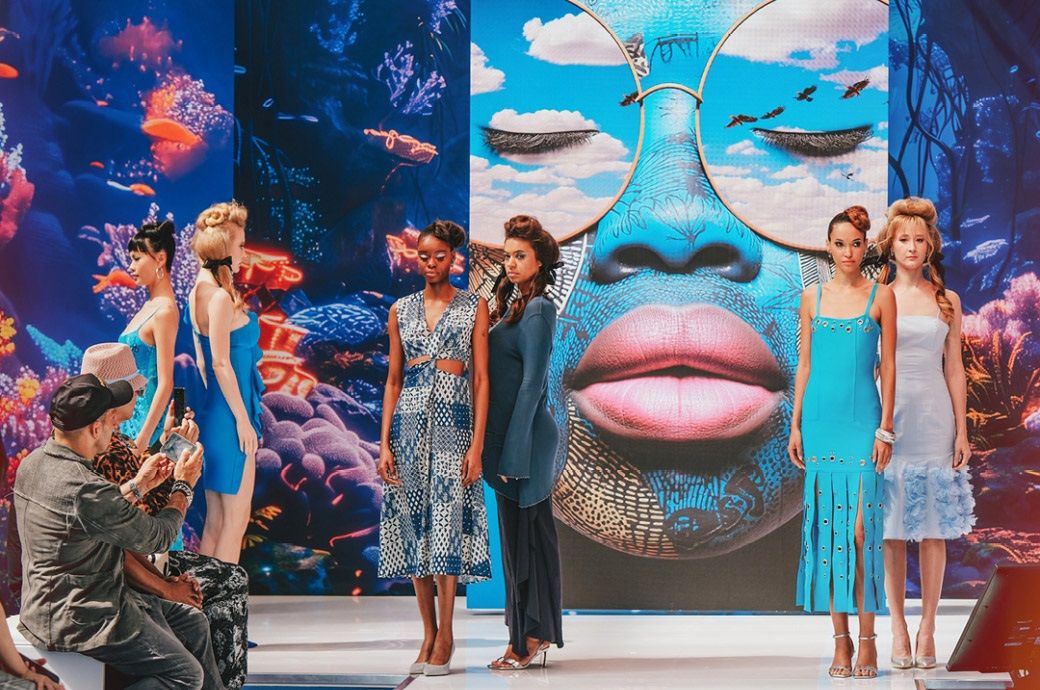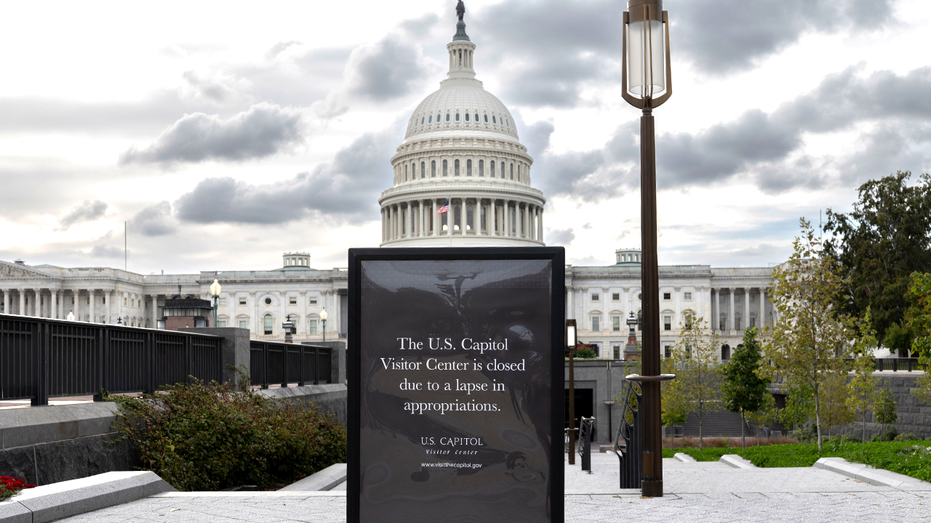News creators get more attention in countries where traditional media struggles

Legacy news media has long competed for audience with social media sites, video platforms, and streaming services. But a newer competitor — news creators — is pulling and retaining audiences in countries where mainstream media is struggling to keep them.
A report published Tuesday by the Reuters Institute for the Study of Journalism (RISJ) identified geographical and generational differences in how much attention is paid to news creators compared to traditional media outlets and journalists on social and video platforms. In countries including the United States, Mexico, Thailand, the Philippines, Nigeria, and Kenya, survey respondents reported paying more attention to news creators than to mainstream media. The opposite is true in countries including Japan, Germany, the United Kingdom, Norway, and Australia.

“There is a set of populous countries, generally where traditional media are under pressure and social media use is high, where news creators are having a significant impact and where a few individuals are reaching a significant number of people,” the report’s authors write. “At the other end of the spectrum, we find countries with strong brands and lower use of social media (mostly in northern and western Europe) where successful news creators are the exception rather than the rule.”
At the same time, adults under 35 who use social media are more likely to “consume news from creators (48%) than from mainstream media (41%). Those 35 and over pay more attention to mainstream media (44%) than creators (35%).”

The authors define creators as “individuals (or sometimes small groups of individuals) who create and distribute content primarily through social and video networks and have some impact on public debates around news and current affairs. News creators are independent from wider news institutions for at least some of their news output.”
RISJ surveyed audiences in 24 countries who said they use social or video networks for news. In Nigeria, for example, 61% of respondents said they “regularly” pay attention to news creators and influencers, the highest percentage in the sample. At the same time, 43% said they regularly pay attention to traditional media. The majority of respondents (79%) said they use social media for news on a weekly basis.
Compare that to Germany, where 33% of respondents said they used social media for news on a weekly basis. But only 10% said they regularly paid attention to news creators, while 17% said they regularly paid attention to news outlets and journalists.
The United States falls in the middle, with 27% of respondents saying they regularly pay attention to news creators. The same percentage of respondents said they regularly pay attention to news outlets and journalists.
The findings overall highlight how “messy, fragmented, and loosely defined news sources have become for many people.” The types of content that news creators produce roughly fall into one of four categories: commentary, news and investigation, explanation, and specialism. Each one, RISJ says, poses a particular challenge for traditional news operations. “More balanced commentary and analysis formats are being outgunned by more partisan or entertaining formats,” for example.
The report generally found news creator audiences typically pay attention to creators from their own countries. But when the survey asked respondents to name news-related individuals on social media and video platforms, right-wing American creators had an outsized influence.
“Right-leaning political commentators from the United States, such as Joe Rogan, Tucker Carlson, and Ben Shapiro, have found fertile ground for their pro-free speech and anti-mainstream media narratives in a number of countries in this study,” the report’s authors write. “In some European countries where English is widely spoken (and the domestic creator space is nascent), we also find U.S. commentators appearing regularly in the top ten lists, highlighting how politics in these countries is being impacted, to some degree at least, by the U.S. radical right.”
A few other interesting findings:
Reaching millions isn’t a given. Big names like Joe Rogan and Tucker Carlson have massive followings, but “the majority of news creators lie in the long tail providing regular value to a particular audience, perhaps burning brightly for a while before losing traction.” Top news creators in smaller countries are struggling to reach a million subscribers on individual platforms and have lower video views compared to major personalities.
The news creator space has a gender imbalance. Per the report, 85% of the top 15 creators in each country were men. “Political commentary is particularly prone to male-dominated presentation, with hosts often talking with other men into very large microphones.”
YouTube is the most important platform for news creators. Survey respondents most frequently named YouTube as the platform they pay attention to for news. Creators who produce explanatory content largely favor YouTube, TikTok, and Instagram to reach viewers, but news outlets “struggle to attract attention on TikTok and Instagram, networks that place a premium on short-form and visual storytelling.”
Read the full report here.
What's Your Reaction?
 Like
0
Like
0
 Dislike
0
Dislike
0
 Love
0
Love
0
 Funny
0
Funny
0
 Angry
0
Angry
0
 Sad
0
Sad
0
 Wow
0
Wow
0







































